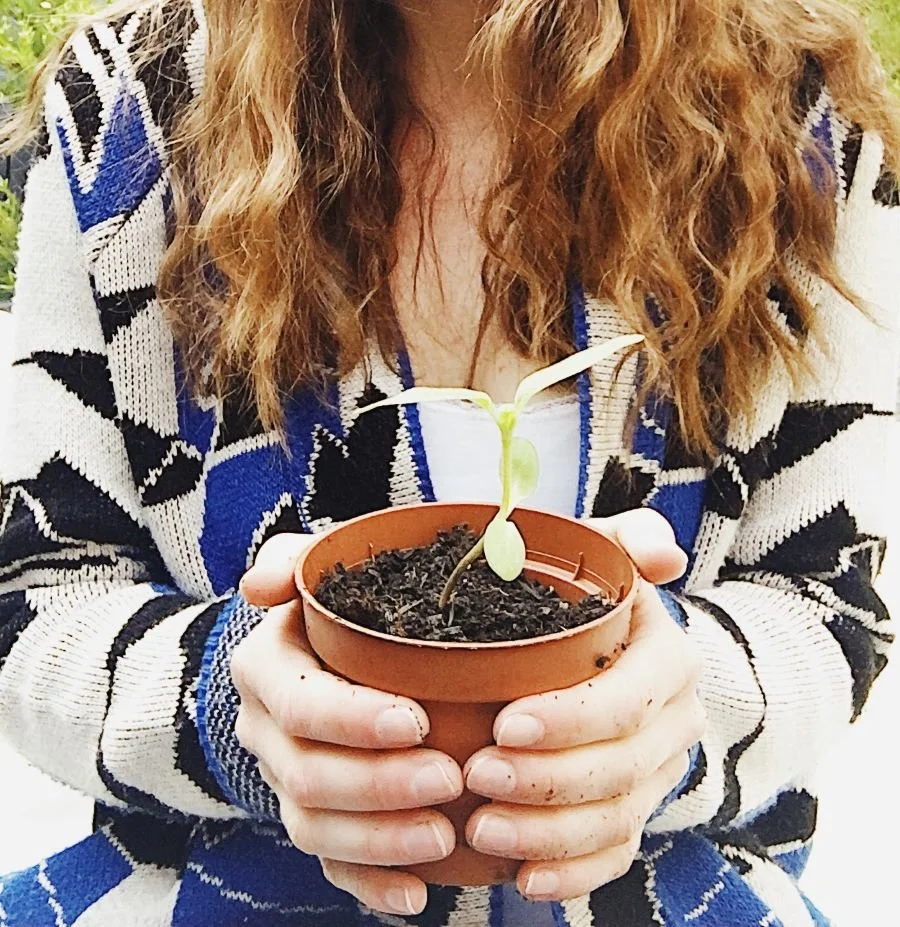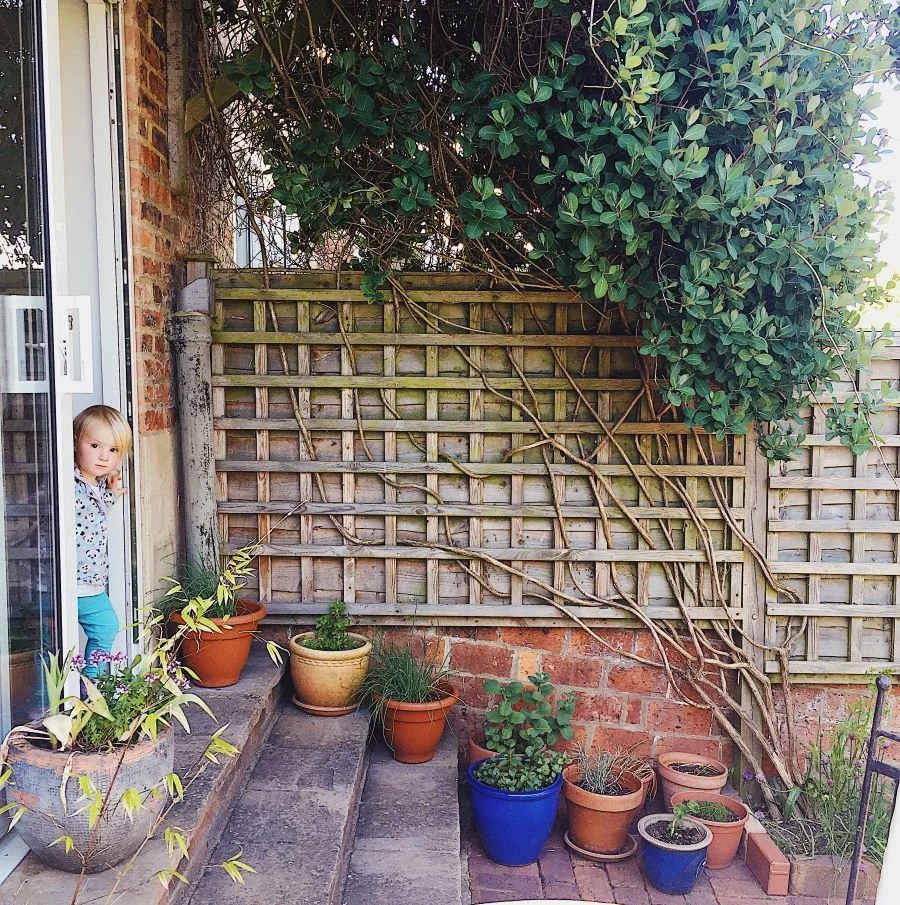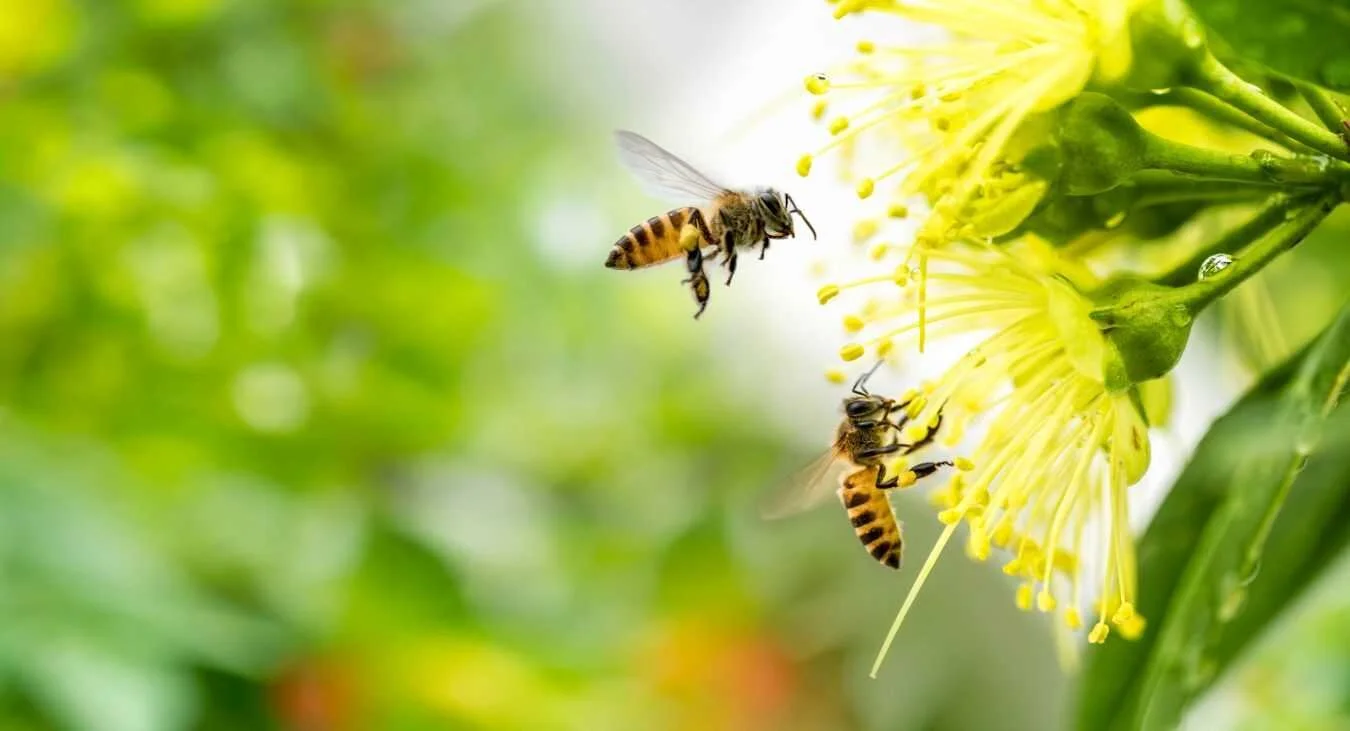How to organically get rid of bindweed. No chemicals, No digging.
Left to its own devices bindweed will spread up, down, round and round, strangling and smothering any plant in its path, which sounds much more violent than I mean it to but it’s true. If your taking on something like an allotment with what seems like bindweed covering absolutely every corner it can seem a rather daunting. However, I feel bindweed is the lesser evil of all the perennial weeds that can plague our veg patches, much better than things like Horsetails (read “How to get rid of horsetail/marestail organically”) and I’m going to talk you through exactly how to do it without chemicals and with relative ease.
How to identify bindweed and the different types
There are two different types of bindweed, both identifiable by their heart-shaped leaves, trumpet-shaped flowers and the way it twines it’s way around anything in its path. See the picture below.
The two different types of bindweed
Hedge Bindweed (calystegia sepium)
Hedge Bindweed also known as morning glory or Russian bindweed, has a climbing habit with twining stems that can reach several meters high. You can identify it by its larger, heart-shaped leaves and has typically larger flowers usually white or pale pink. Hedge bindweed has a less extensive root system compared to field bindweed but will grow in clumps, choking garden plants. You’ll likely see it climbing your trellis and garden walls.
Field Bindweed (Convolvulus Arvensis)
Field Bindweed also known as perennial bindweed or creeping Jenny has a deep spreading root system. Identified by it’s smaller leaves and smaller trumpet-shaped white and pink flowers. You’ll likely find this one growing on an allotment as it will spread over bare soil or across grassy areas like in the image above. It will do this over your vegetable crops too.
Both hedge and field bindweed have strong white roots that can spread far under the soil.
Why we should never use chemical products to get rid of bindweed
Though I will never advocate the use of chemicals in the garden, bindweed is one of those that the use of chemicals is relatively pointless anyway. The issue comes with the fact that bindweed will put out its roots spreading shallow under the soil until it finds something to climb up and this is when you are likely to spot it. It is therefore tough to spray the bindweed without harming the plants around it. It is also a well-known weed for beating the weedkiller and finding a way of coming back anyway so the best thing is to get the root out or weaken it as much as possible.
Though it may take serval years to completely get rid of all bindweed from your allotment or garden it is actually very easy to deal with. The secret is to aim to weaken the roots by continuously blocking out its light and hand weeding before it grows too big and flowers. Every time it pops up it is easy to pull out when it is small, making it weaker every time.
Best way to get rid of bindweed on an allotment or large area
If you’re taking on a large area covered in bindweed like on an allotment, a large garden or veg plot the best option is to start with no dig. This involves cutting everything back as much as possible and covering the area to exclude the light. The roots will continue to grow under the cover searching for the light but will eventually run out of energy and die. If you lift the cover you may find a lot of white roots covering the area, which you can either pull out of leave covered some more. You can cover an area in two ways with no dig gardening.
These methods work best for field bindweed which is the most common bindweed found in larger areas like this.
Covering with black plastic
If you are not planning on planting in the area straight away you can cover it will black plastic and leave for a year or two. This will kill off the majority of perennial weeds including bindweed, which you can then mulch and plant into.
Covering with cardboard and mulch
If you do want to start planting and creating beds straight away you can cover the area with a thick double layer of cardboard and then add a mulch such as compost, manure or woodchip on top. Some bindweed will still make its way though especially once the cardboard has broken down so at this point you should hand weed out as much as you can as soon as possible to stop the roots from becoming stronger. The good news is once the ground has been mulched it will become much easier to weed out the entire root.
Hand weeding
Keeping on top of bindweed by hand weeding is important to stop it from becoming stronger and spreading quickly. I recommend always practicing no-dig gardening not only because it is better for the soil and management of weeds but also because once mulched the soil will feel looser and it will be easier to weed out the entire root.
It is important with bindweed to try and get out the entire root as if it breaks you will get multiple points of re-growth from that break. I recommend using something like a Hori Hori knife which allows you to dig at the root more precisely without disturbing the soil too much.
Unlike my advice with horsetail which I find better just pull out without digging as best you can, with bindweed it best to dig a little to make sure you get as much of the root out as possible.
Best ways to get rid of bindweed in a garden
In your garden it is less likely that you’ll be able to cover the area bindweed is growing with cardboard or black plastic as the likely hood is your not starting an area from fresh and the bindweed is likely to be growing up existing plants. If this is the case I do still recommend adding a mulch around your plants such as compost to allow the soil structure to become healthier and therefore making it easier to hand weed.
These methods work best with hedge bindweed which is a climbing bindweed often found in gardens.
Bindweed that climbs walls and fences
Hand weeding as much of the bindweed as possible is the best approach here, keeping on top of it little and often to avoid it choking existing plants. Pulling and lightly digging out as much of the root as possible is the best approach.
If the bindweed is in an area where it is hard to get to the ground, like at the base of a hedge, remove as much of the bindweed as you can. The less the plant can photosynthesize the better, and slowly the root will become weaker.
The plastic bag method
If you have hedge bindweed that is growing in clumps and you are able to get to it easily, the plastic bag method I learned from a tree surgeon friend is the best method. Simply put a plastic bag over the clump of hedge bindweed and tie it tight. This will cut off the oxygen to the plant and kill the roots. You will then be able to pull the whole dead root out.
Can you compost bindweed?
It is common belief that you cannot compost bindweed and other perennial weeds, however, you can indeed compost it without worry of it reinfesting your garden or allotment by using a few simple techniques to your composting methods.
Turn your compost
By turning your compost you raise the temperature of your compost, this will help your compost to break down better and the higher temperature will kill most weed seeds.
Weed the bindweed before it flowers
If you are consistent in weeding out bindweed and avoid it going to flower the less likely you are to get bindweed seeds in your compost.
Soak your bindweed
Rotting the bindweed down in a bucket of water for a few weeks before you put it in your compost is another way to ensure all weed seeds are killed. The water from this can also become a good organic fertilizer for your plants, so add a little to your watering can.
Put it in a black sack
Placing in an old compost bag or a black sack for a year before you compost it will ensure that no weed seeds survive.
This can be applied to any strong perennial weed. However, I do not do any of these techniques other than turning the compost at my allotment as I had so many perennial weeds on my allotment when I took it on the volume was just too much to do this with. I have therefore been composting it all, making sure I turn my compost regularly and I have had no problems with bindweed growing back from the compost itself.
Place it in your green waste bin
If you are really unsure about composting bindweed and your local council blesses you with a green waste bin you can place your bindweed in there. The council compost all green waste on a large scale meaning the temperature of their compost will become hot enough to nuce any weed seeds.
My own experience with composting bindweed
For context, I have been composting all the bindweed that grows up my garden wall from the alleyway next to our house (too big a communal area for me to keep on top of) since we moved in 7 years ago. I have then been spreading said compost onto my garden for all that time and I have had zero bindweed sprout up in my garden. I therefore worry very little about composting bindweed but you can take these precautions with composting bindweed if you are worried about it.
Prevention of bindweed infestations in the future
Once you have got rid of bindweed from your plot or garden or at least got on top of the problem you will need to keep an eye out for any regrowth and quickly hand weed out any that returns to stop it from gaining stretch again. No dig practices like mulching yearly will also help to suppress bindweed regrowth, as well as keeping the soil structure healthy.
Biological control methods for bindweed
There is one other way to keep on top of bindweed and that is with the introduction of biological controls.
Biological controls for bindweed involve introducing natural enemies or organisms that can help reduce the growth and spread of bindweed populations. While biological control methods are generally more targeted and eco-friendly, they may take time to establish and might not completely eradicate the weed, though once they weaken the bindweed it can become easier for you to hand weed and keep on top of the problem.
There are two which you can use.
Bindweed Mites (Aculus schlechtendali):
Bindweed mites are tiny arachnids that feed exclusively on bindweed plants. They puncture the leaves and stems of bindweed, causing damage and inhibiting growth. Bindweed mites can be introduced onto bindweed-infested sites to reduce plant vigor.
Bindweed Gall Mites (Aceria malherbae):
Bindweed gall mites are microscopic mites that induce the formation of galls (abnormal growths) on bindweed leaves. These galls disrupt the plant's nutrient flow and growth, weakening the bindweed over time. Similarly to bindweed mites, bindweed gall mites are specific to bindweed and do not harm other plants.
Note that it could take several years to establish a balance between the pest and the natural enemy as well as thinking about seeking guidance from local agricultural or horticultural experts to ensure proper use. Integrated approaches that combine biological controls with other organic methods can yield more successful results in managing bindweed on an allotment or garden.
Also note that I have found it very hard to buy bindweed mites or Gall mites in the UK, though it seems much easier in the US, so look up where you may or may not be able to attain them locally.
And I wish you all the luck in getting rid of that pesky bindweed.
More articles for you to dive into…
Can I Water Less with No Dig Gardening
How to Deal with Horsetail in an Organic, No-dig Way
Starting a Zero Waste, Eco-friendly Allotment.
Cheap and Sustainable Gardening Landscaping.

























Growing garlic organically on a no dig allotment. The best and easiest way to grow garlic.